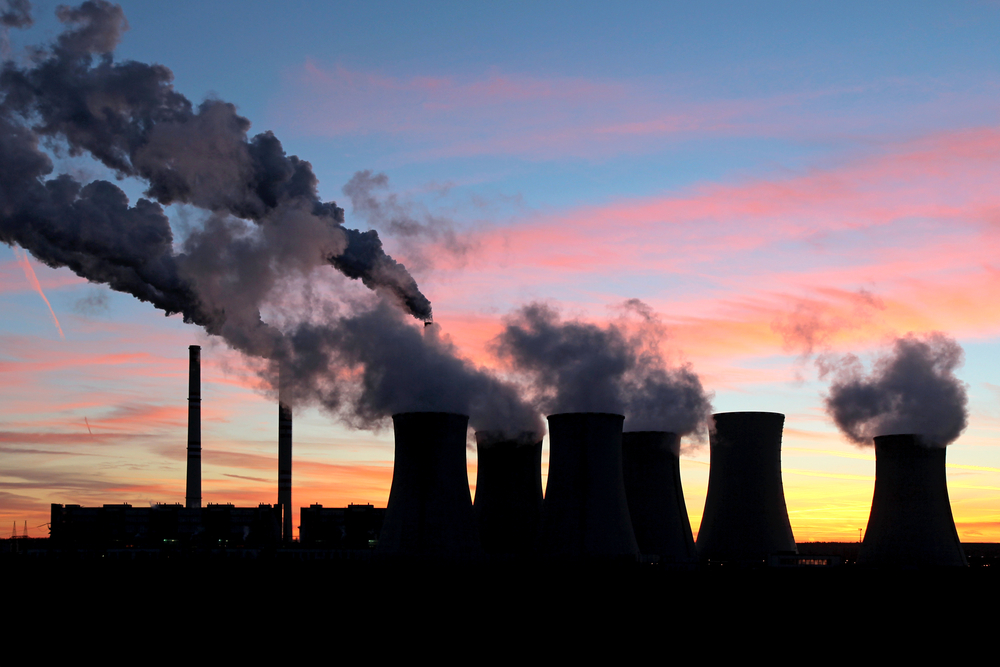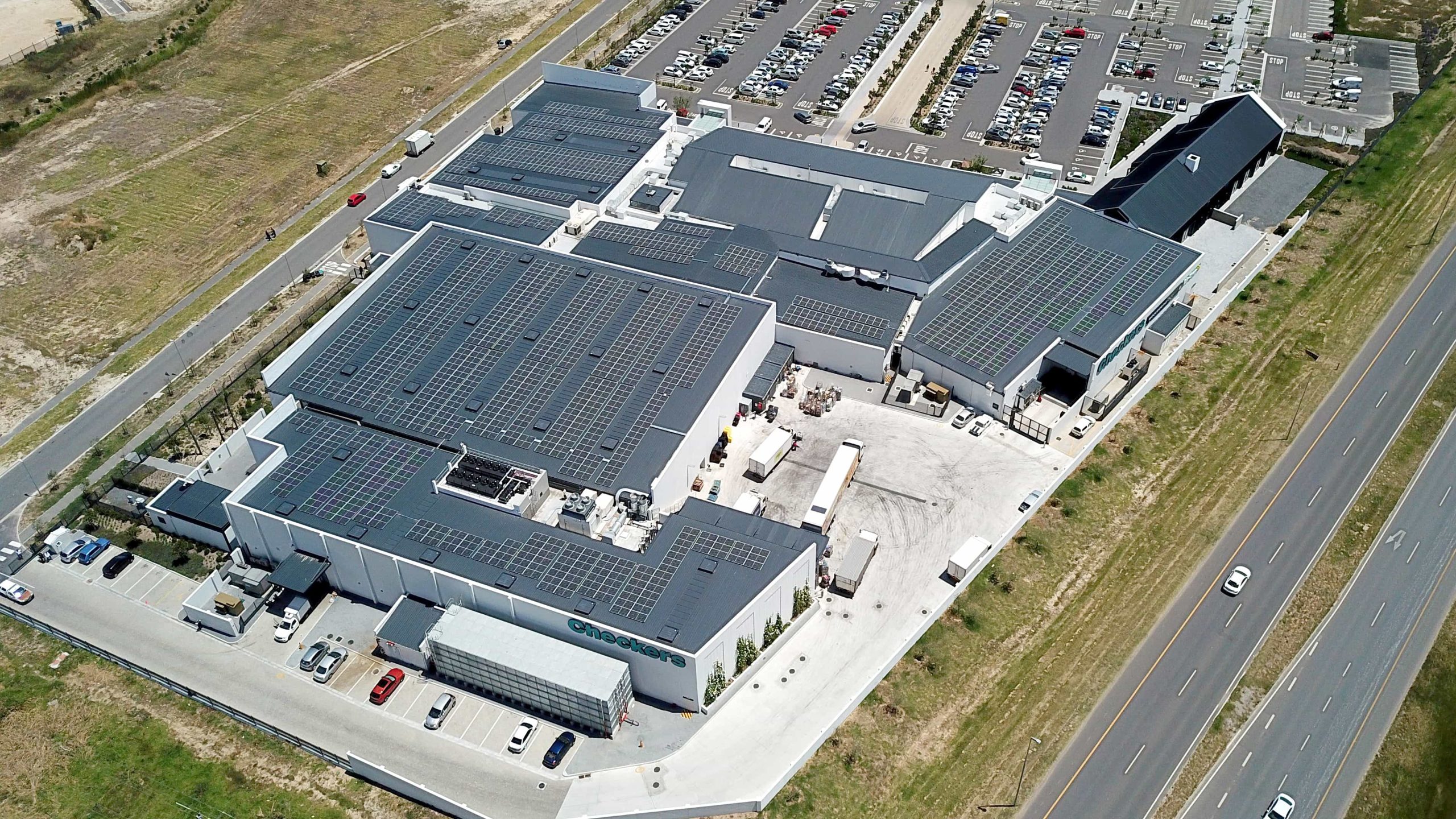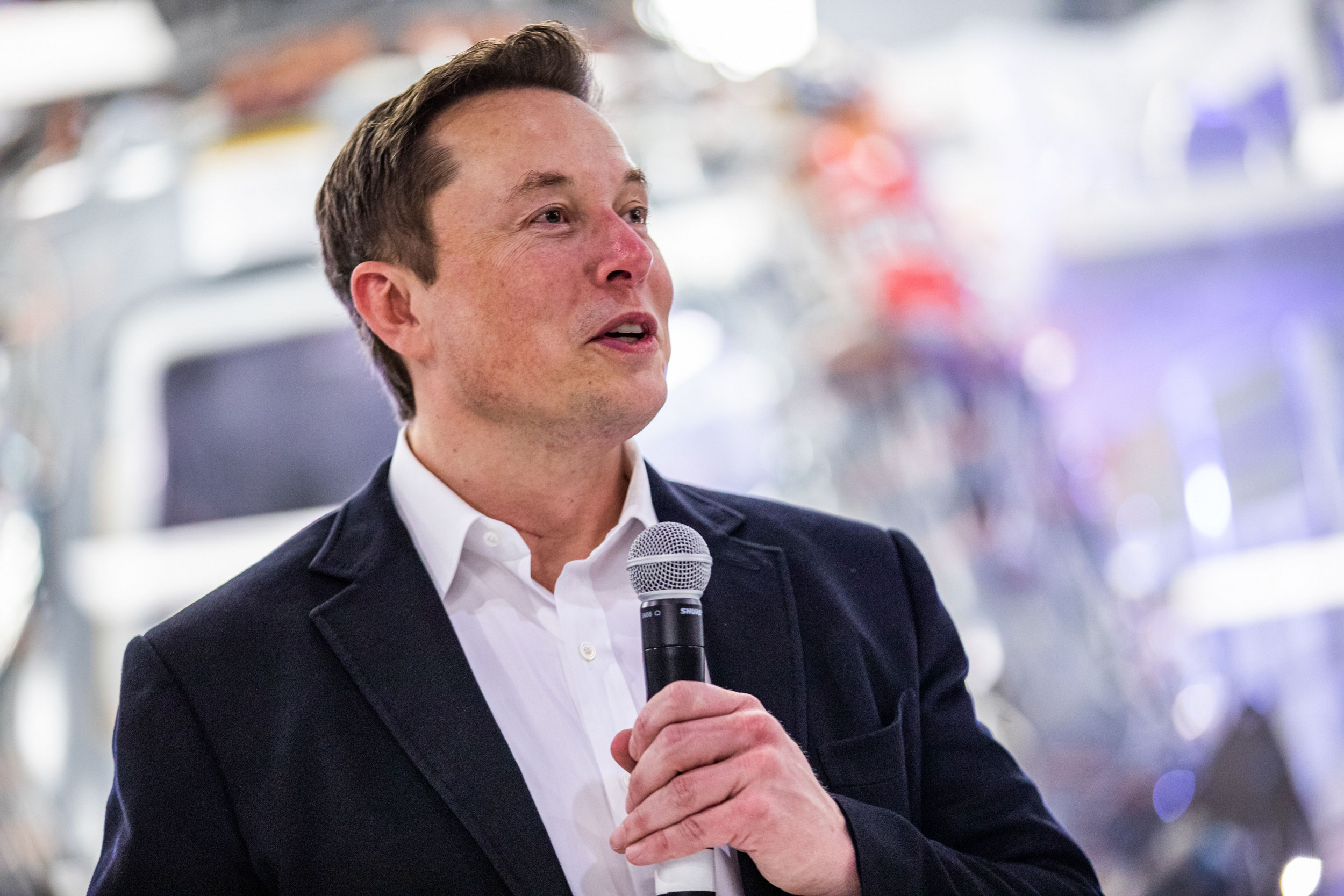
By PENNY SWIFT
On September 23, 2019, the same day that Donald Trump made an unexpected appearance at the opening of the U.N. climate summit in New York, the World Green Building Council (GBC) has released a lengthy report on the “climate emergency” the world is facing.
Titled Bringing embodied carbon upfront: Coordinated action for the building and construction sector to tackle embodied carbon, it focuses on embodied carbon, which is produced during the manufacture of built assets including transportation and construction, and warns of the urgent need to demand action from carbon-intensive materials and industries.
Engineers and other professionals working in the construction sector, identify with the need for the construction sector – and buildings – to lead the way on climate change. They also do whatever they can to help clients building large and small buildings (commercial, industrial, and residential, and even undertaking home improvements,) to take steps to counter the lethal greenhouse effect.
As it is, building and construction are responsible for 39% of global carbon emissions. But realistic projections show that 70% of the world’s population will live in cities by 2050, the GBC target year for buildings to have net-zero carbon emissions. If the buildings and construction sector doesn’t take urgent action globally, the ambitious goals of the Paris Agreement are not going to be fulfilled.
As Lynn Simon, head of Real Estate and Workplace Services Sustainability for Google says: “The World Green Building Council’s call to action on embodied carbon comes at an incredibly important moment for our planet. Operational efficiencies and clean energy are critical considerations for the building sector.”
A passionate pioneer and leading authority in sustainability in the built environment, she said the new report “elevates embodied carbon as another important factor to be measured and optimized.”
A major dilemma is that President Trump has threatened to withdraw from the Paris Agreement in spite of insisting he is “an environmentalist.”
At the same time, the World GBC is accelerating action to deliver on the Paris Agreement and is determined to eliminate global emissions from building and the construction sector by 2050.
Bringing Embodied Carbon Upfront
Mechanical, electrical and plumbing (MEP) engineer, Michael Tobias of New York Engineers is a LEED AP who is passionate about sustainability. He says: “It’s not getting better, it’s getting worse, largely because the global population keeps growing. By 2050, which we all know is a vital milestone, the total global consumption of raw materials is expected to have doubled. The impact on carbon emissions and the climate is impossible for any ordinary person to imagine.
“The issue this new report pinpoints is the fact that carbon emissions are released during manufacturing and construction phases, and not just during operational life. This is what embodied carbon is all about, and until now it has been overlooked. So, while we are aiming to reduce operational carbon, embodied carbon is simply going to keep on growing unless we take urgent action globally.”
Why a New Carbon Zero Report?
In essence, the new report is an urgent call for the building and construction industry to come together and:
- Start a global conversation that will help achieve end goals.
- Draw attention to the urgency of the goals and milestones to achieve net-zero embodied carbon throughout the world.
- Make people, industries, regions, and countries realize how full decarbonization can be achieved by stimulating market demand and working together.
- Advocate for regulations and policies to be introduced and accepted by industry globally.
The sad reality is that the Net Zero Carbon Challenge isn’t achieving results quickly enough. While many leading organizations within relevant industries have taken a bold step to reduce embodied carbon, too few infrastructure assets and buildings can be said to be fully net-zero embodied carbon.
To achieve the required goals, the entire construction and building sector is going to have to collaborate much more closely, and all along the whole value chain. Of course, it’s a radical transition, but it must be done. Our lives and the very existence of the planet depends upon it.
As the new report so sagely says:
“Net-zero embodied carbon should be pursued as part of a whole lifecycle approach to carbon reduction that includes net-zero operational carbon.”
Ultimately, it is essential to:
- Prevent embodied carbon by avoiding it and using alternative strategies instead.
- Reduce upfront carbon and optimize other design solutions.
- Plan for the future by actively avoiding the possibility of future embodied carbon.
- As a last resort, offset residual embodied carbon emissions wherever possible within projects or via verified offset schemes.
The vision of the Net Zero Carbon Challenge, and especially the new call to bring embodied carbon up front, gives business, government and civil society ambitious high-level routes to follow. The plea of those leading action and calling for an urgent response to the undoubted climate emergency is real.
A major solution is required to secure a safe future for this and future generations.











